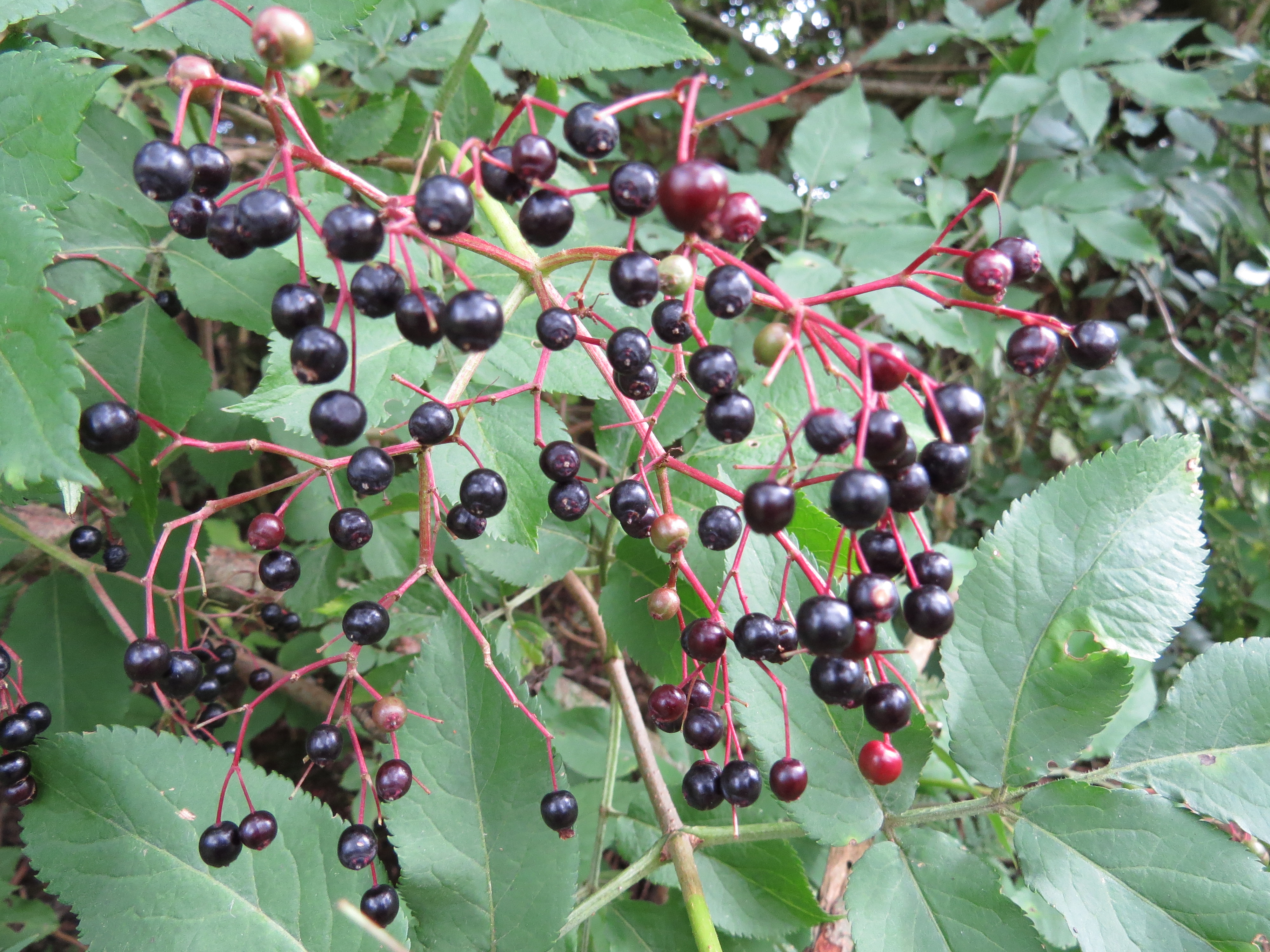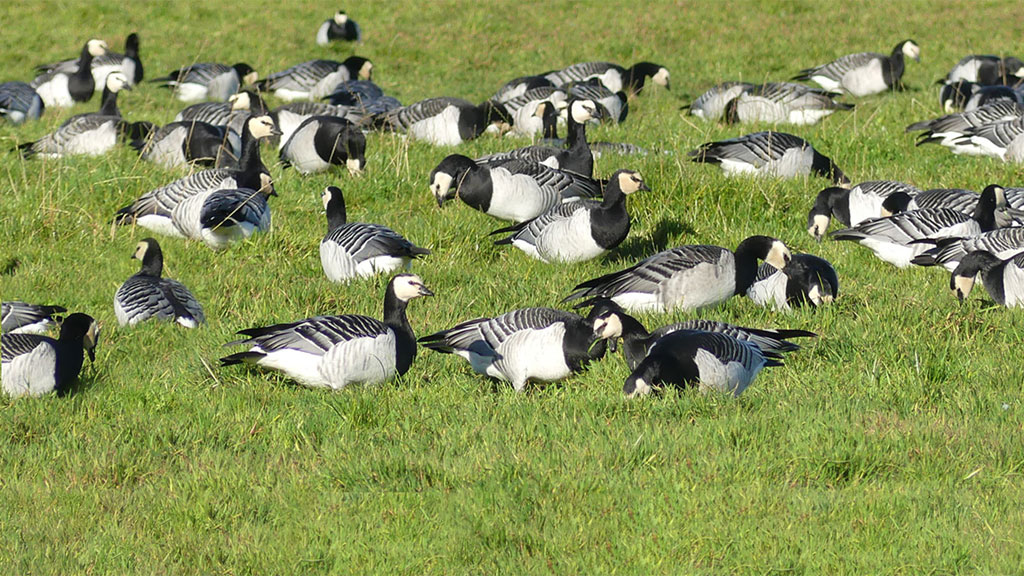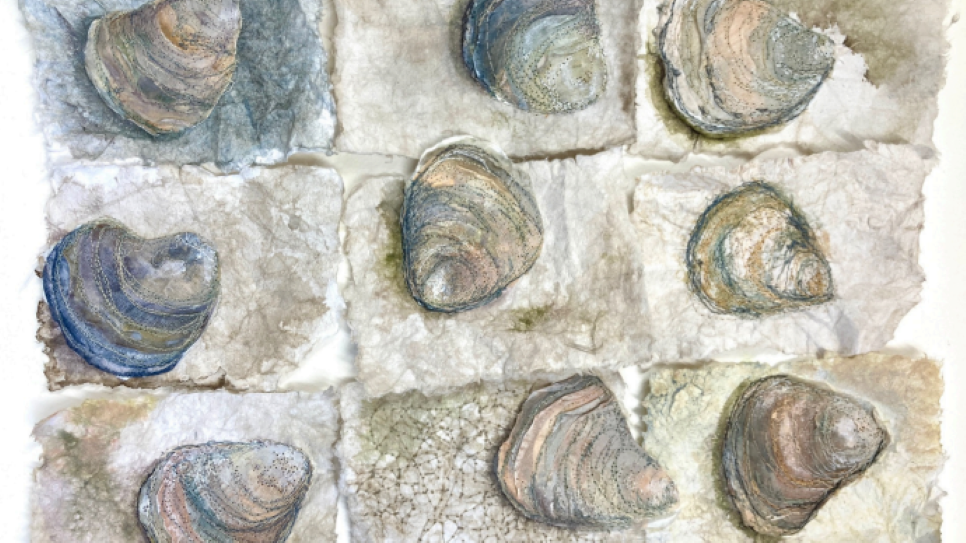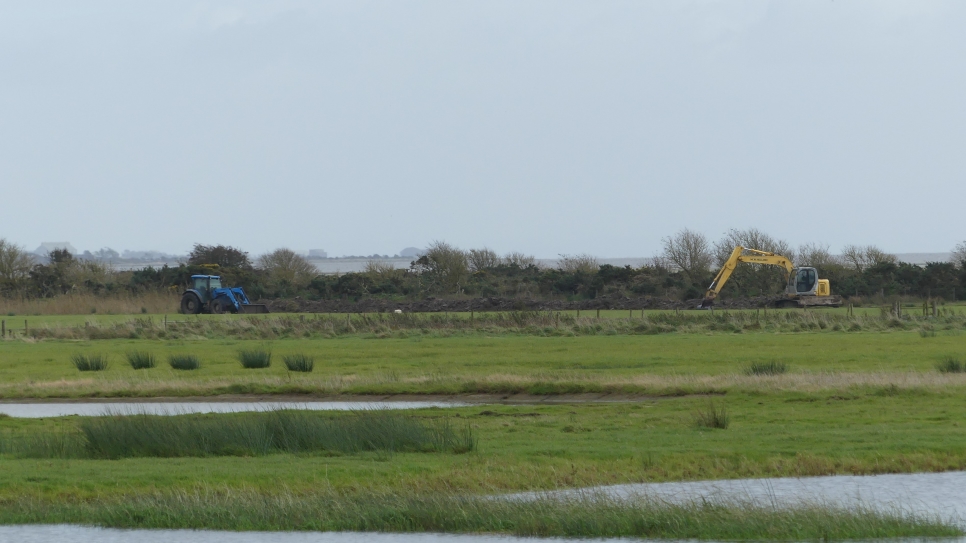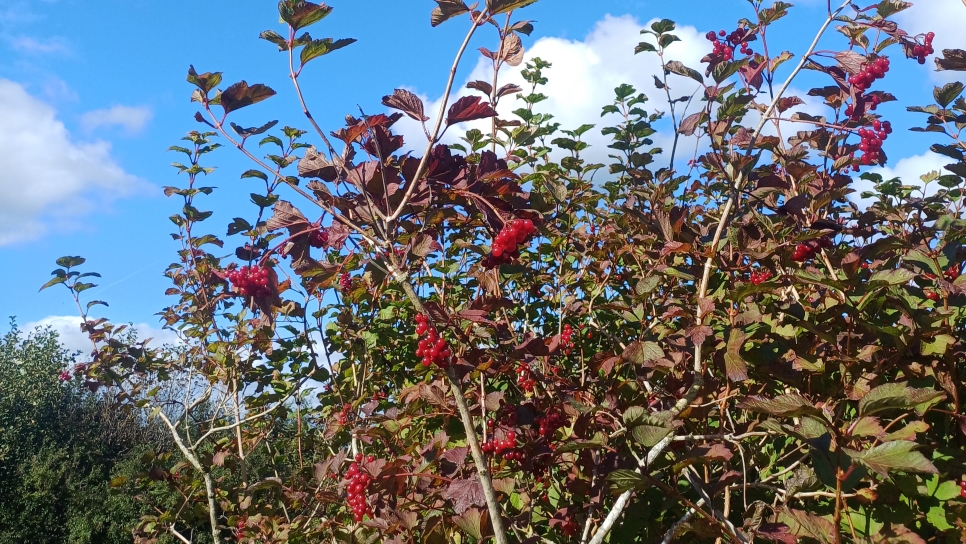Autumn fruits
From August onwards, berries abound around the reserve!
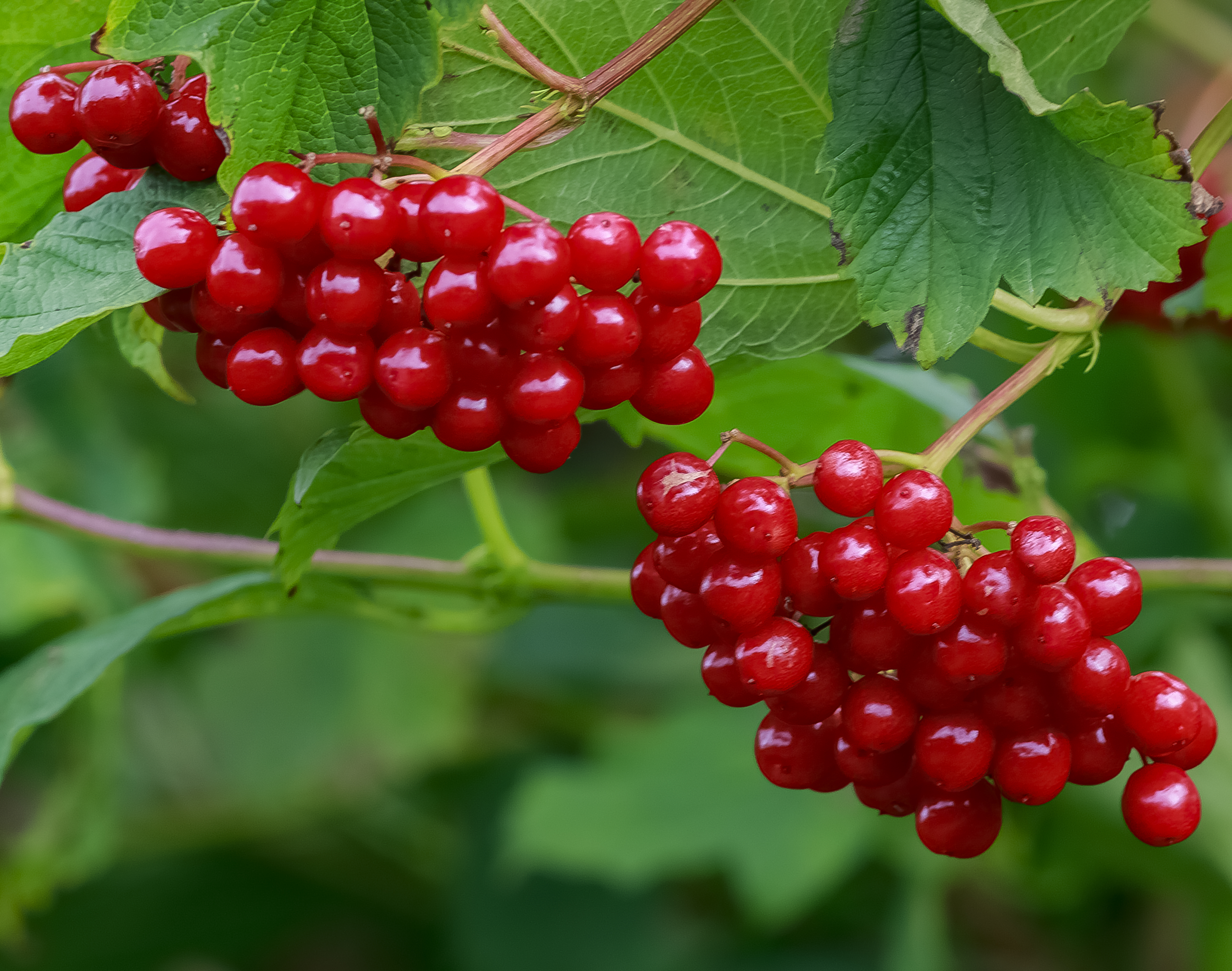
Autumn is a great time of year to find different kinds of berries and we have lots around the reserve just now, with haws, rosehips, rowan berries, blackberries, elderberries, sloes and guelder rose berries.
Hawthorn berries are called haws. ‘Haw’ is an old English word for ‘hedge’. The trees are fantastic for wildlife and one tree can be home to more than 300 insects. The wood is commonly used for hedging and the wood is good for carving. Hawthorn is known as an unlucky plant and the flowers were traditionally not brought into the house. In Celtic mythology it is also known as one of the most likely homes of the faerie folk!
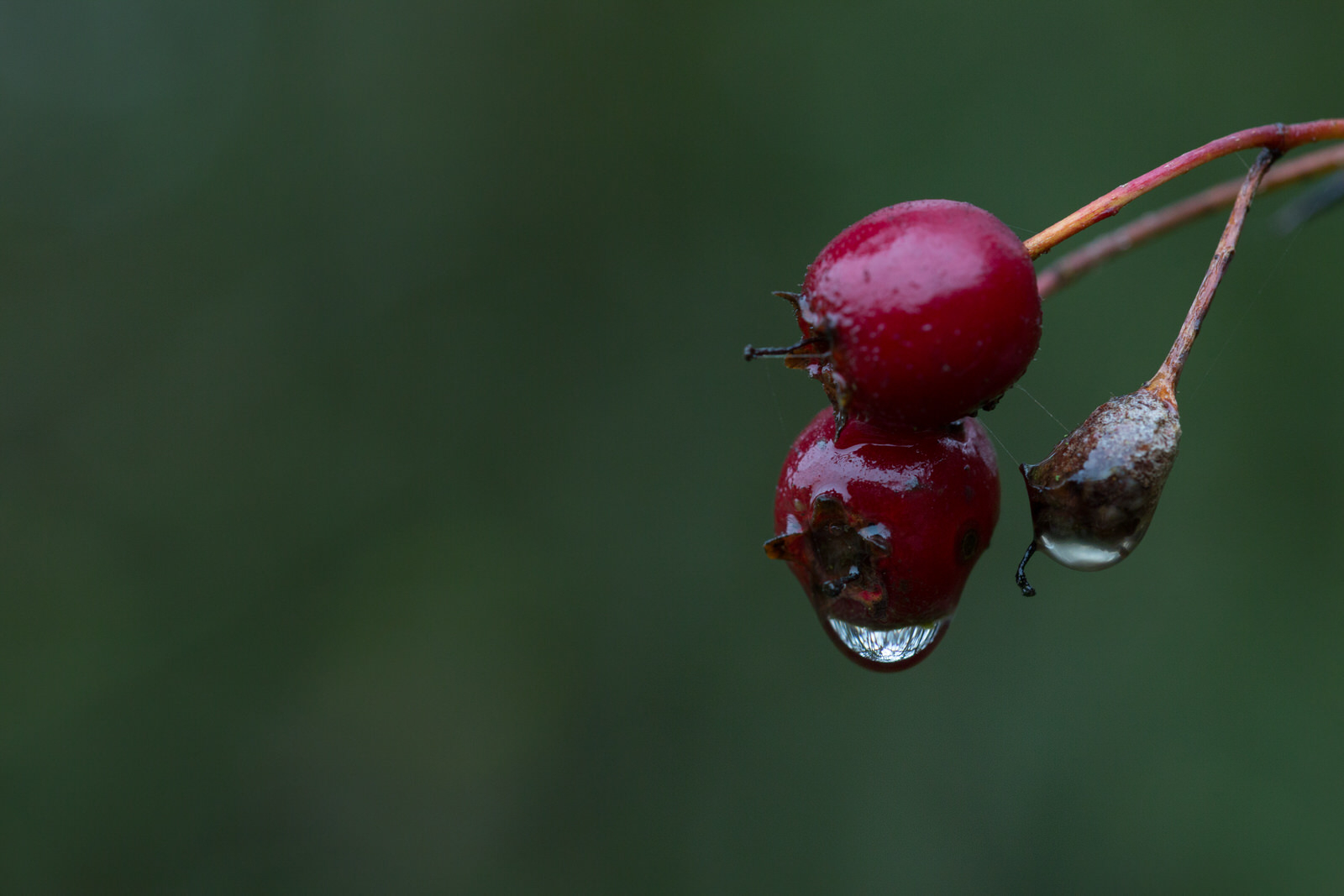
Photo credit: Sam Stafford/WWT
The Guelder Rose is easily spotted in Autumn, by its three-lobed leaves and bright red translucent berries. These are toxic if eaten raw, but can be cooked and made into jam.The birds love them; mistle thrushes, blackbirds and bullfinches, and if you’re lucky a flock of waxwings in a cold winter! It is also an ancient woodland indicator species and can be found in the hedgerows down the avenues. The viburnum beetle often lays its eggs in the bark in late summer and the larvae hatch and munch the leaves in spring!

Photo credit: Alex Hillier/WWT
The word ‘bramble’ means 'un-penetrable thicket' and is used in the UK to describe the fruit of blackberries. Foxes and badgers eat the fruit and disperse the seeds. Blackberries contain anthocyanins which cause their dark purple colour and are full of antioxidants, fibre and Vitamin C. Brambles are sometimes called ‘thimbleberries’!
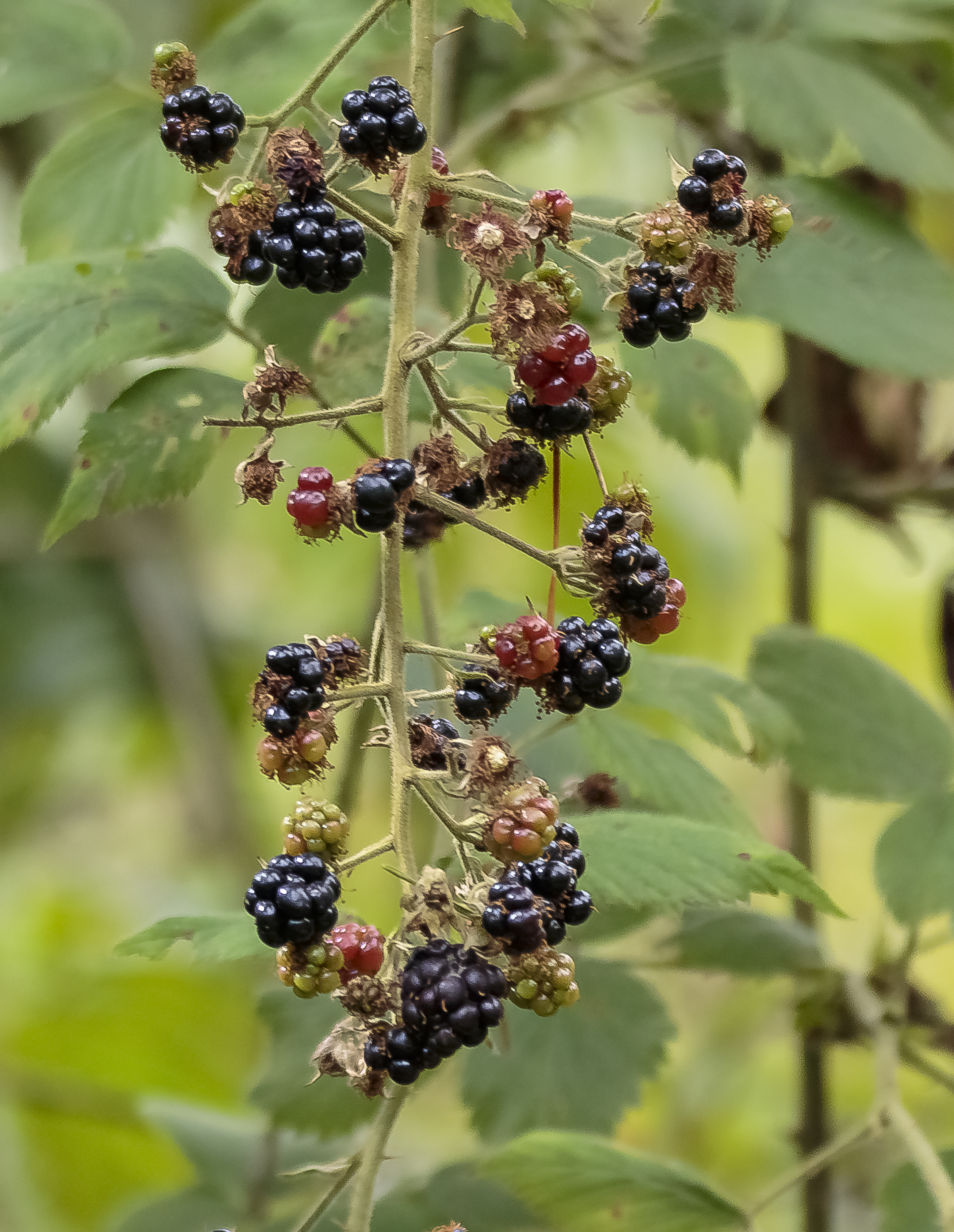
Photo credit: Alex Hillier/WWT
Rowan berries are high in ascorbic acid (Vitamin C) but need to be cooked before eaten – rowan berry jelly is traditionally eaten with game meat in Scotland. Trees produce seeds at 15 years old and the berries are eaten by birds who disperse the seeds through their droppings. This is why rowan trees often grow in forks of other trees. The seed needs old weather to break down the outer casing so seeds germinate more successfully after a snowy winter. The Gaelic for Rowan is ‘Luis’, derived from the ancient language, Ogham.
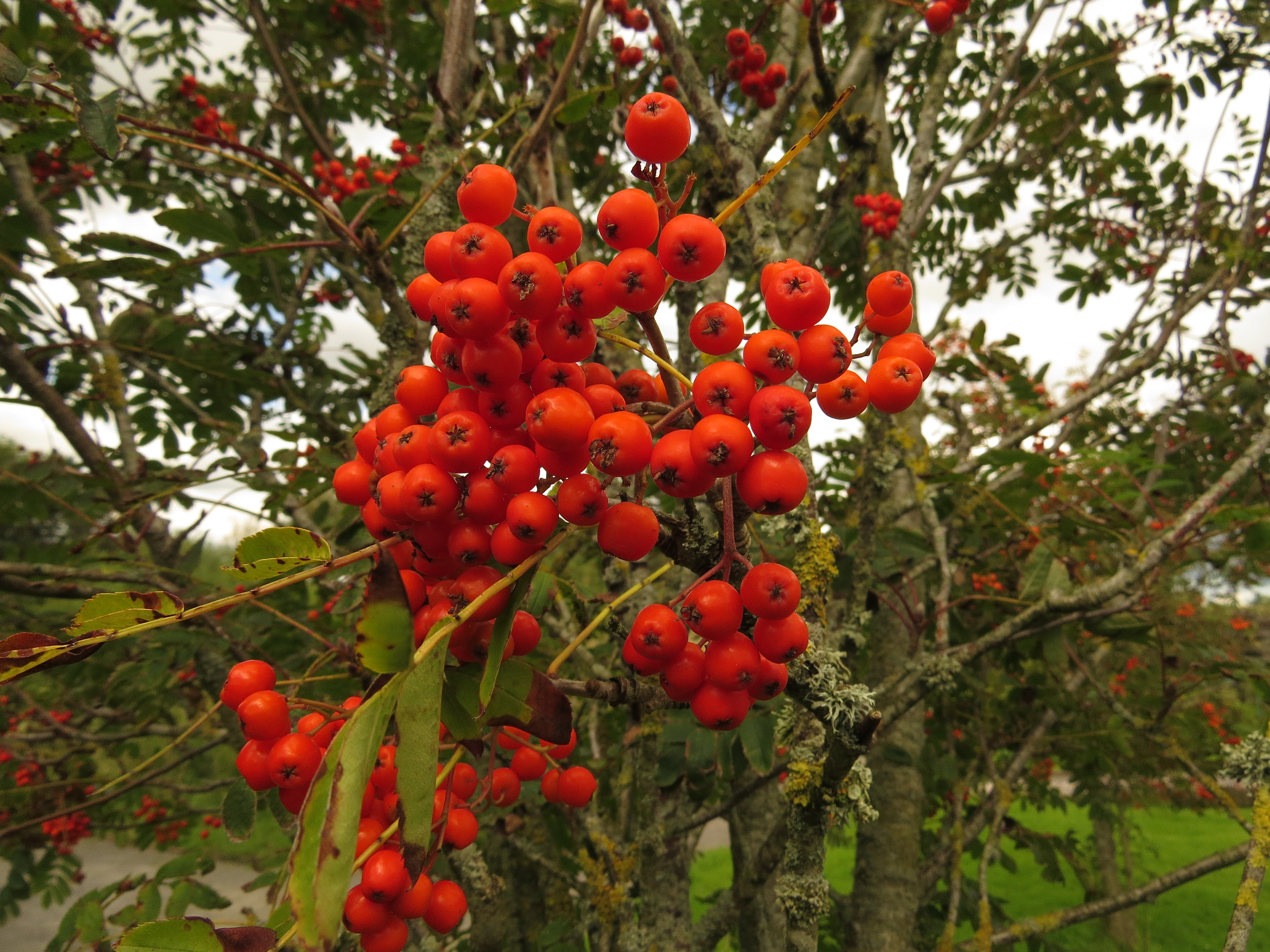
Photo credit: Lorraine Hall/WWT
Sambucus nigra is known as the Black Elder tree. Native to Europe, the bark, leaves and raw berries of elder are poisonous, however when cooked, elderberries are commonly used to make elderberry wine and cordial. They are full of antioxidants and high in fibre. Elderflowers are white, in an ‘umbel’ and the berries are red initially, turning black when ripe. Cooked elderberries are full of Vitamin C!
